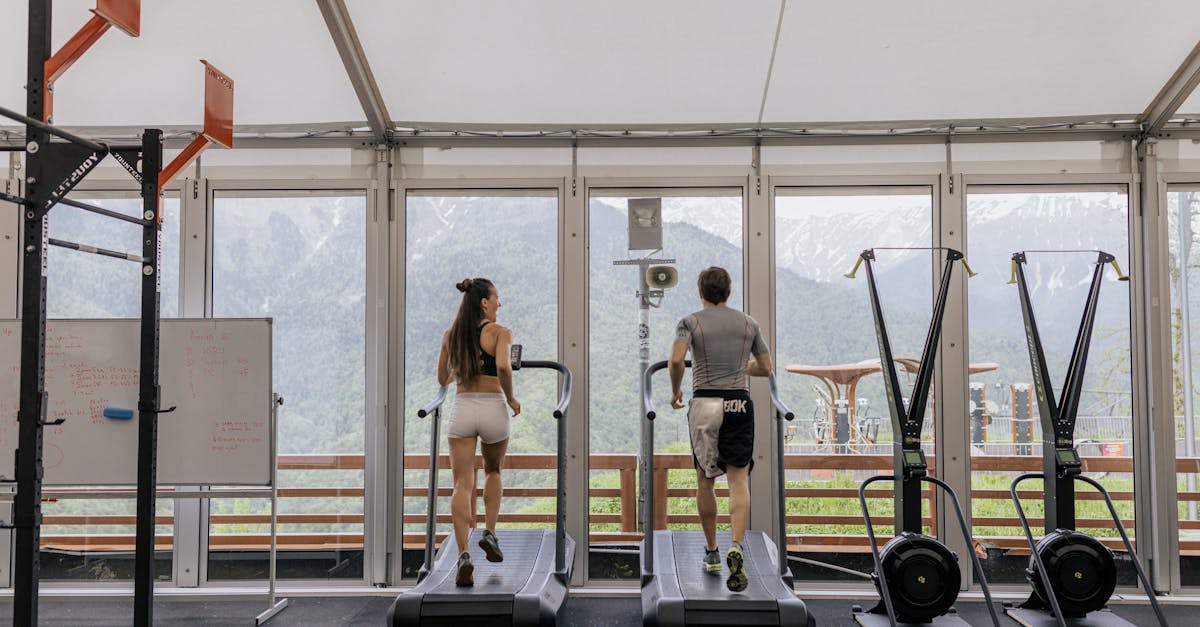
Evaluating Your Space RequirementsRecommended Methods for Belt Care
When choosing a treadmill for home use, it’s essential to assess how much space you have available. Consider not just the floor area but also the height of the room, as users need ample clearance for both the deck and any potential overhead space. Measure the location where you intend to place the treadmill. This allows you to ensure that there is sufficient space for the equipment and any movement you may need while exercising, particularly if you prefer running over walking.Clean the Deck and Side Rails
Another important aspect is to think about whether the treadmill needs to be stored away after use. If you have limited space, a folding model could be an excellent choice. Take into account the overall dimensions of the machine when it is both in use and folded, as well as the space needed for safe access. Knowing your available space will help narrow down options and ensure that the treadmill fits your home seamlessly.
Measuring Available Areas in Your HomeSteps to Eliminate Dirt and Debris
Before selecting a treadmill, it is essential to take precise measurements of the space where it will be positioned. Start by measuring the length and width of the area, ensuring that there is ample room not just for the treadmill itself but also for safe access and use. Consider the ceiling height as well, especially if the model features a folding mechanism or has a high incline. Vacuum the Treadmill’s Interior
Additionally, account for the surrounding environment. Furniture, walls, and other obstacles may restrict movement or hinder ventilation. It is advisable to maintain a clear zone around the treadmill, ideally at least 1 to 2 feet on all sides. This will contribute to a safe and comfortable workout experience, preventing accidents and giving you the freedom to exercise without feeling cramped.
Popular Treadmill Brands and Their Deck SizesImportance of Keeping the Motor Area Clean
nd width of the deck, as well as the height if you have low ceilings.Recommended Methods for Belt Care
What are the standard treadmill deck sizes available?Regular maintenance of the treadmill belt is essential for ensuring its longevity and optimal performance. A simple method involves using a clean, damp cloth to wipe down the belt's surface, removing any sweat and grime that may accumulate during workouts. It’s best to avoid using harsh chemicals or abrasive materials, as these can damage the belt. Instead, mild soap and water can effectively eliminate stubborn stains without harming the material.
Standard treadmill deck sizes typically range from 40 to 60 inches in length and 16 to 22 inches in width. However, sizes may vary by brand and model, so it's important to check specific specifications when comparing treadmills.In addition to wiping the belt, regular inspection for signs of wear is crucial. Check for fraying edges or areas that appear to have lost tension. If any damage is evident, consider replacing the belt to maintain a smooth and safe operation. Using a silicone lubricant specifically designed for treadmill belts can also enhance performance. Apply the lubricant sparingly and in accordance with the manufacturer's instructions to prevent buildup that might attract dirt or debris.
Are larger treadmill decks better for all users?Clean the Deck and Side Rails
Larger treadmill decks can offer more comfort and stability, especially for taller individuals or those with longer strides. However, if space is limited, a smaller deck may still be suitable for walking or light jogging.Regular cleaning of the deck and side rails is essential for maintaining your treadmill’s functionality and safety. Start by unplugging the machine and ensuring that it is completely powered down. Use a soft cloth or sponge lightly dampened with a mild detergent solution. Wipe down the surface of the deck, paying close attention to any areas where dust and grime tend to accumulate. This helps to prevent any potential interference with the treadmill’s operations.